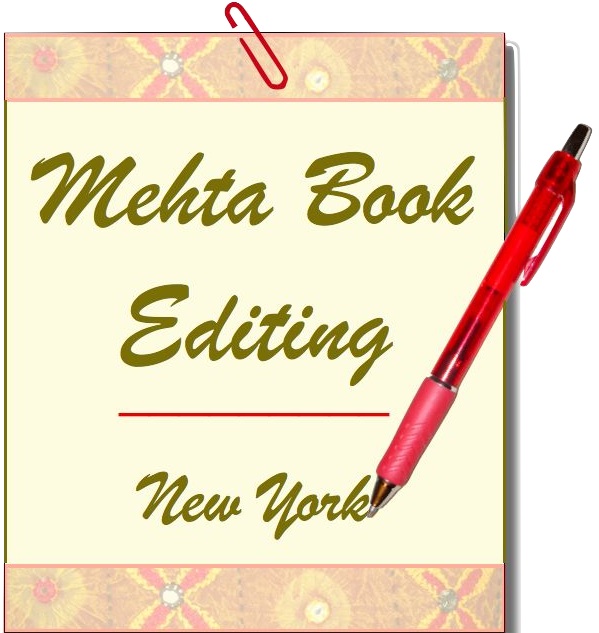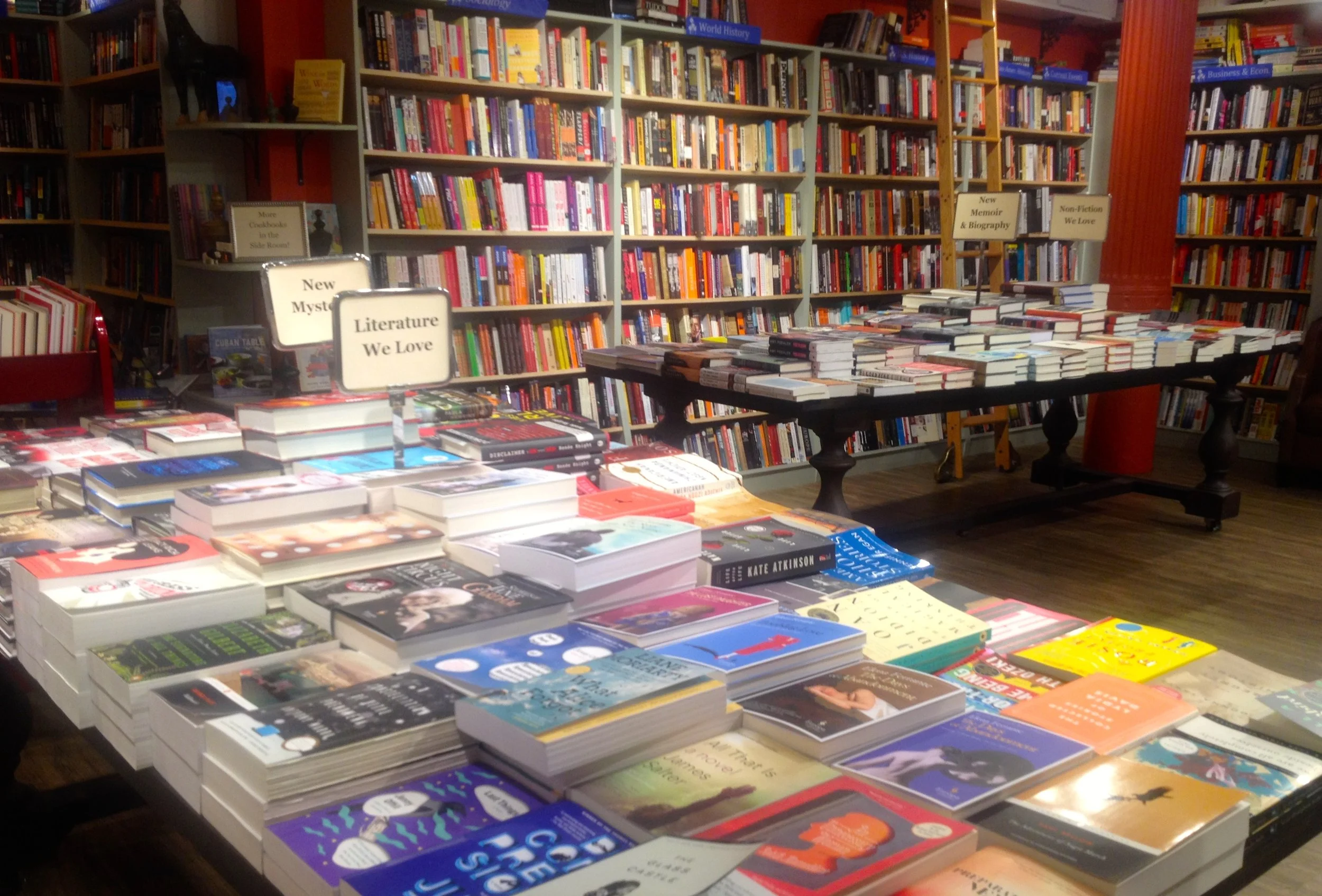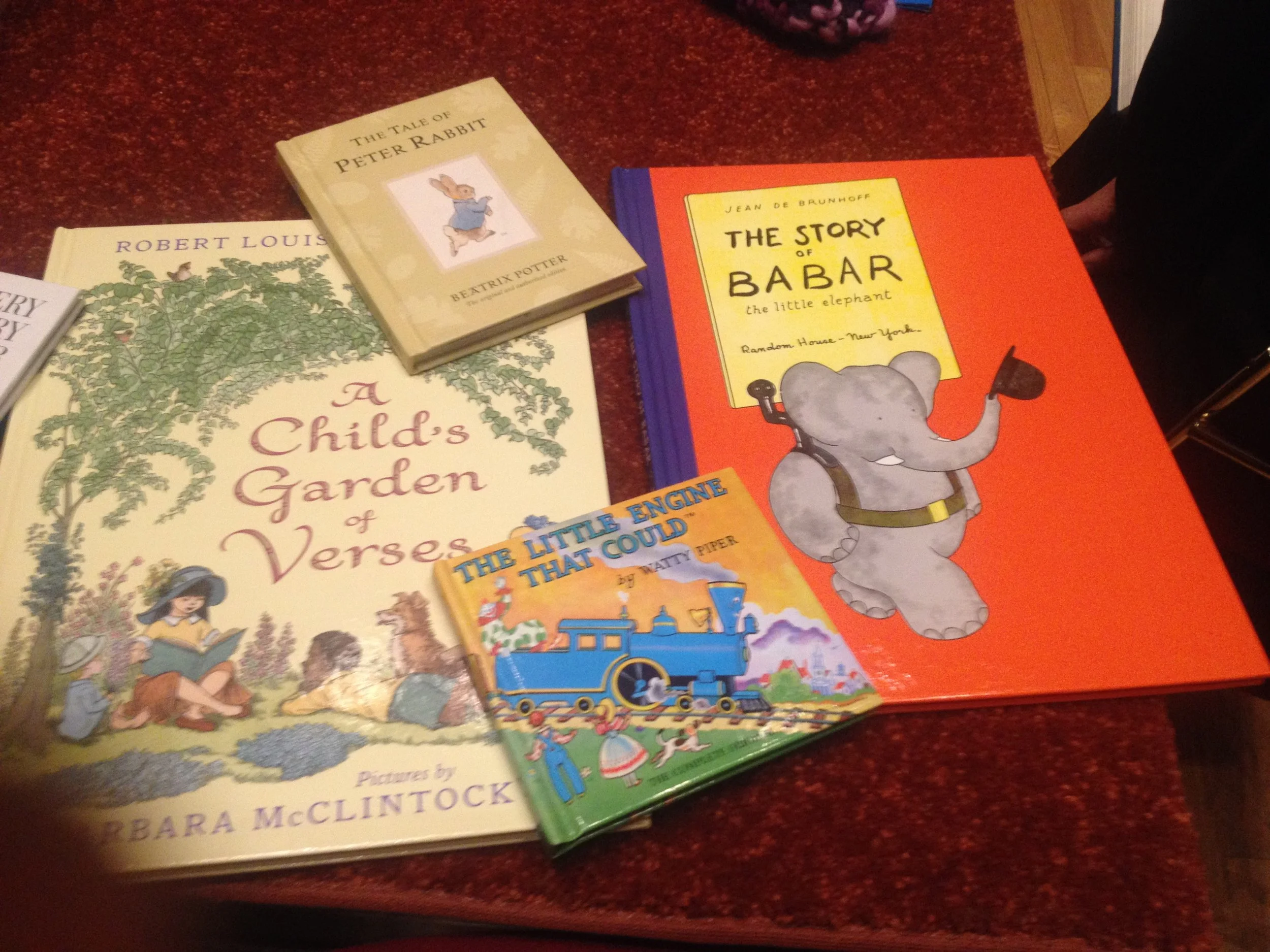Shepherding a Self-Published Picture Book to Success: An Interview with Literary Agent Brenda Bowen
/Given the high costs of producing picture books and the challenges of distributing them, self-publishing hasn’t yet taken off for picture book writers as it has for writers of other categories. But this past fall, two self-published picture books made headlines for their transition from independent to traditional publishing.
First, Swedish author Carl-Johan Forssén Ehrlin received a seven-figure, two-book deal from Random House US and Penguin Random House UK for The Rabbit Who Wants to Fall Asleep. Then, Vermont-based writers and farm owners John and Jennifer Churchman received a six-figure, three-book deal from Little, Brown Books for Young Readers (LBYR) for their self-published book, Sweet Pea & Friends: The SheepOver.
Read More





